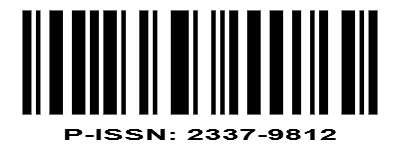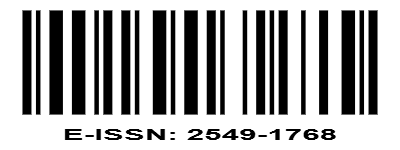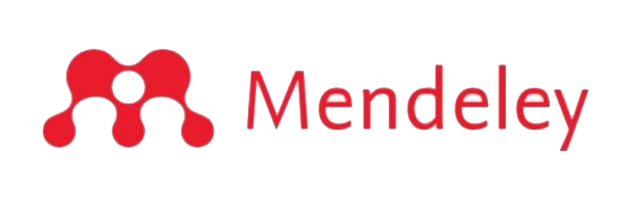Teknologi Daur Ulang Limbah Tekstil Padat yang Dikoleksi dari Tempat Pembuangan Akhir (TPA) Gampong Jawa Banda Aceh
DOI:
https://doi.org/10.22373/biotik.v4i2.1078Keywords:
Recycling, textile waste solids, Gampong Java, Banda AcehAbstract
The purpose of this study was to recycle a number of textiles solid wastes into a variety of handycrafts. Material of this research were collected from from landfill at Gampong Java in Banda Aceh. A number of selected textile wasteconverted into benefical products by adopted Patchwork technigues at Department of Education and Family Walfare, Faculty of Teacher Training and Education, Syiah Kuala University. Accuracy for selecting and designing are the most determine aspects for better quality of the products. This recycling program not only reduced environmental pollution by textile solid waste but also and increase incomes of the society as well.Downloads
References
Dirgantara, IMB. 2013. Pengetahuan Mendauruloang Sampah Rumah Tangga dan Niat Mendaur Ulang Sampah. Jurnal Studi Manajemen dan Organisasi 10 (1) 1-12.
Sudrajat, HR. 2011. Penanganan dan Pengelolaan Sampah. Jakarta: Penerbit Swadaya.
Sucipto, CD. 2012. Teknologi Pengelolaan Daur Ulang Sampah. Yogjakarta: KDT.
Holmes JR. 1983. Practical Waste Management. John Wiley & Sons.
Grayson, M. 1984. Recycling, Fuel and Resource Recovery: Economic and EnvironmentalFactors.John Wiley & Sons.
Outerbridge, T. 1991. LimbahPadat di Indonesia: MasalahatauSumberDaya? Jakarta: Yayasan Obor Indonesia.
Vogler, J. 1983. Work from Waste. Intermediate Technology Publication, London.
Caurfield, K. 2009. Discussion Paper. Sources of Textile Waste in Australia. Apical. International Pty. http://www.ttna.com.au. Diakses 1 Mei 2013.
Arifenie, FN and Nugroho,R. 2011. Peluang Usaha. PeluangBisnisKainPerca. http://www.seputarindonesia.com/edisicetak/content/view. Diakses 1 Mei 2013.
Sunarno, P. 2014. Perca Batik Sebagai Unsur Estetis Dalam Penciptaan Karya Lukis Komtemporer. Jurnal Inspirasi Pendidikan 6: 495-503.
Downloads
Published
Issue
Section
License
Authors who publish with BIOTIK: Jurnal Ilmiah Biologi Teknologi dan Kependidikan agree to the following terms:
- Authors retain copyright and grant the journal right of first publication with the work simultaneously licensed under a Creative Commons Attribution License that allows others to share the work with an acknowledgement of the work's authorship and initial publication in this journal.
- Authors are able to enter into separate, additional contractual arrangements for the non-exclusive distribution of the journal's published version of the work (e.g., post it to an institutional repository or publish it in a book), with an acknowledgement of its initial publication in this journal.
- Authors are permitted and encouraged to post their work online (e.g., in institutional repositories or on their website) prior to and during the submission process, as it can lead to productive exchanges, as well as earlier and greater citation of published work.











